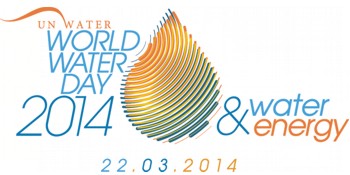In 2014, World Water Day is bringing attention to the connections between water and energy. SEI research is exploring these interactions in places as diverse as California and Afghanistan and helping to find solutions.

Water and energy are closely interlinked and interdependent. Energy generation and transmission requires utilization of water resources, particularly for hydroelectric, nuclear, and thermal energy sources. Conversely, about 8% of the global energy generation is used for pumping, treating and transporting water to various consumers.
Efforts to address climate change have heightened awareness of these linkages – the “water-energy nexus” – and of the need to integrate water and energy planning and decision-making, especially in areas facing water scarcity.
Climate, water and energy are intricately linked, so choices in any one sector can often reverberate across the others. To achieve the best possible outcomes, policy-makers need to understand cross-sector interactions and tradeoffs – the so-called “nexus”. This requires new tools for integrated analysis.
Seeking to meet this need, SEI has linked its water and energy decision support systems, which are already used in policy-making and planning around the world: the Water Evaluation and Planning (WEAP) system, and the Long-range Energy Alternatives Planning (LEAP) system. The integrated tools allow users to model evolving conditions in both water and energy systems and examine cross-sectoral impacts of different policy choices.
To find out more about how the integrated WEAP and LEAP tools can be used to explore issues and tradeoffs at the water-energy nexus, browse our archive of articles, case studies and policy briefs:

Design and development by Soapbox.